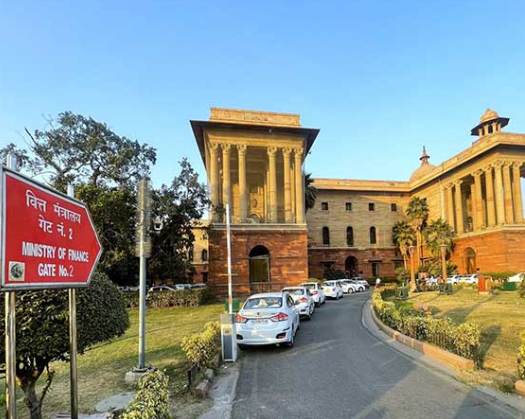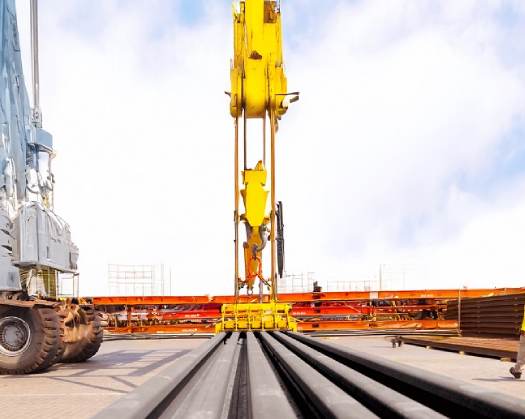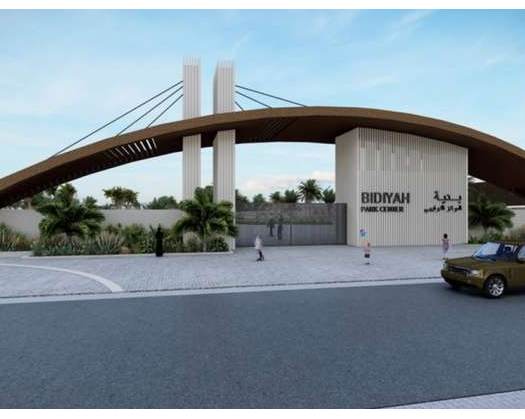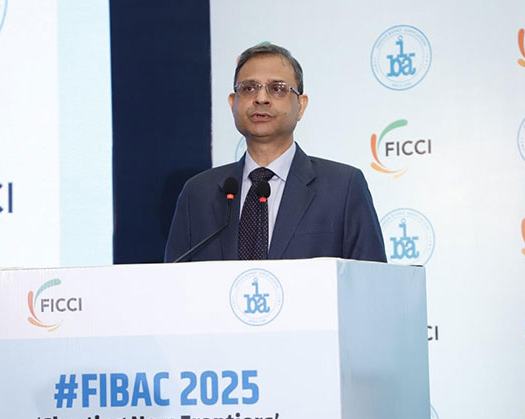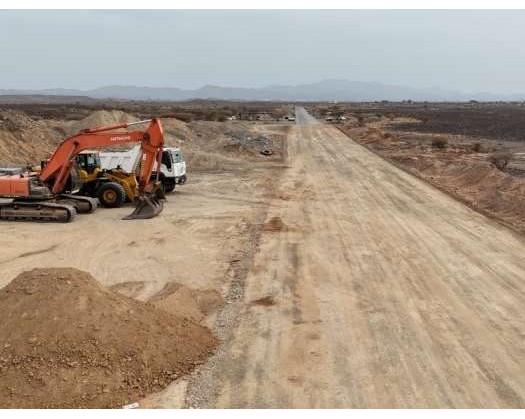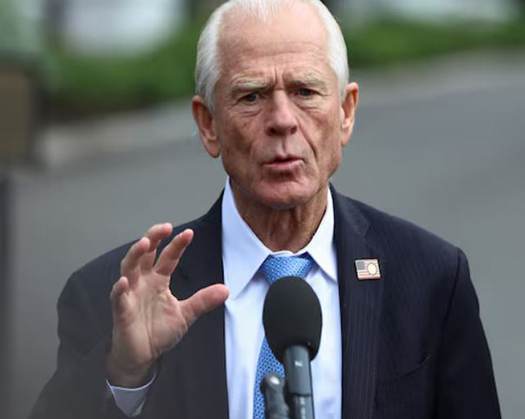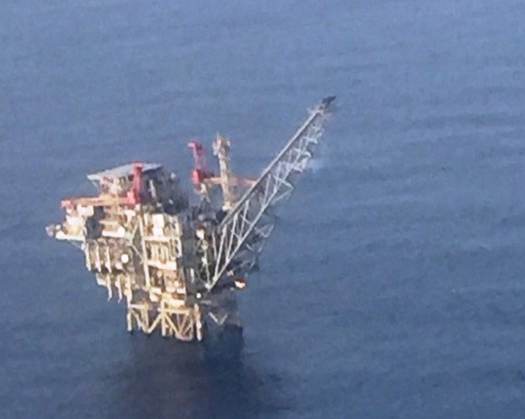Muscat: The Central Bank of Oman (CBO) has released the 2024 Macroeconomic Stability Report, which serves as a vital communication tool alongside the bank's other regular publications.
This report offers a comprehensive analysis of the macroeconomic performance of the Sultanate of Oman, assessing its stability while identifying key risks and vulnerabilities. It also includes forecasts for essential economic indicators over the medium term.
In light of global challenges such as inflation, energy supply disruptions, high interest rates, and increased uncertainty, the Omani economy has shown remarkable resilience against these shocks.
Despite the volatility in oil prices and external economic pressures, the report underscores ongoing growth in real GDP and enhancements in economic activity. Real GDP increased by approximately 1.9% in the first half of 2024 compared to the same timeframe last year, primarily driven by a 3.6% rise in non-oil sectors.
Oil-related activities continue to play a crucial role, contributing around 32.5% to total real GDP in the first half of 2024.
This highlights the Omani economy's significant vulnerability to external shocks, particularly those related to fluctuations in energy prices and the dynamics of global oil supply and demand.
The medium-term outlook for the Omani economy remains optimistic, with expectations for continued recovery and growth in economic activities, aligned with national priorities and the exploration of new economic opportunities.
In terms of public finance, the report highlights the government's commitment to fiscal reforms, which include expenditure rationalization, public debt reduction, and revenue diversification.
These initiatives demonstrate the Sultanate of Oman’s proactive strategy in enhancing its economic and financial infrastructure.
The introduction of the Social Protection Program has established a well-rounded method for meeting social care requirements while promoting long-term fiscal health.
Although the average price of Omani crude oil is projected to decrease in 2024 relative to 2023, Oman’s efforts in diversification have effectively reduced the risks linked to oil price volatility. This highlights the necessity for increased investment in non-oil sectors to boost their role in economic activities and broaden the sources of national income.
These reforms have garnered recognition from credit rating agencies, leading to an upgrade in the sovereign credit rating of the Sultanate of Oman. This upgrade reflects the trust that international institutions have in the country’s fiscal strategies and the momentum of its economic reforms.
Regarding monetary stability, the report indicates that the total foreign reserves held by the Central Bank of Oman have remained steady at approximately OMR7.5 billion.
This level of reserves is adequate to cover around 6.6 months of merchandise imports as of September 2024, surpassing the international standard of 3 months. The report underscores the ongoing significance of maintaining sufficient foreign currency reserves to uphold the stability of the exchange rate system.


